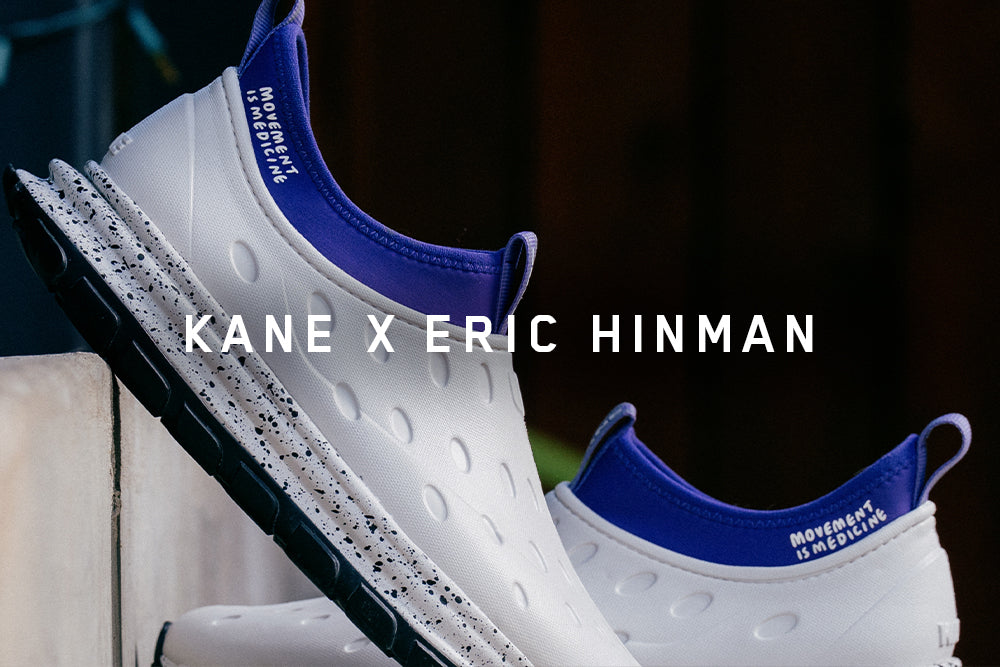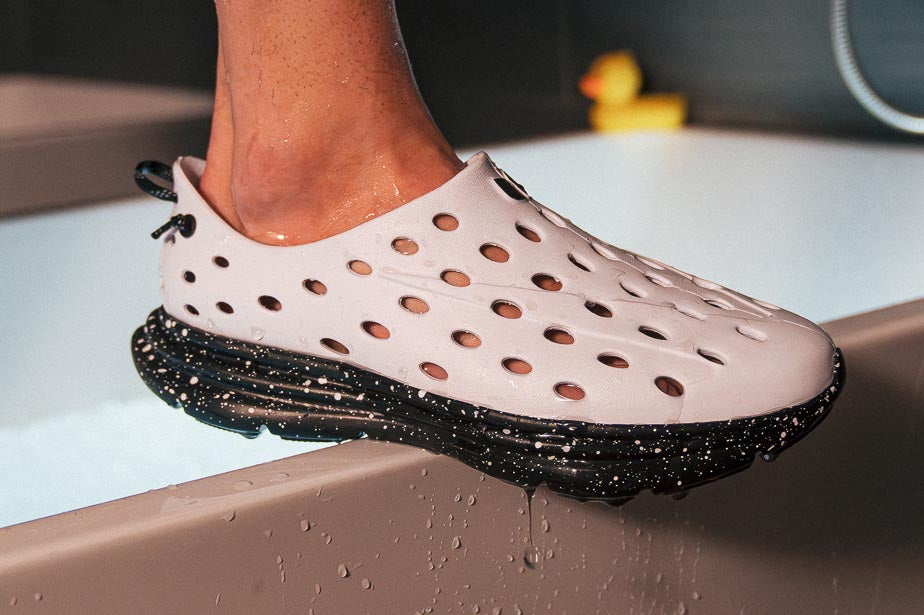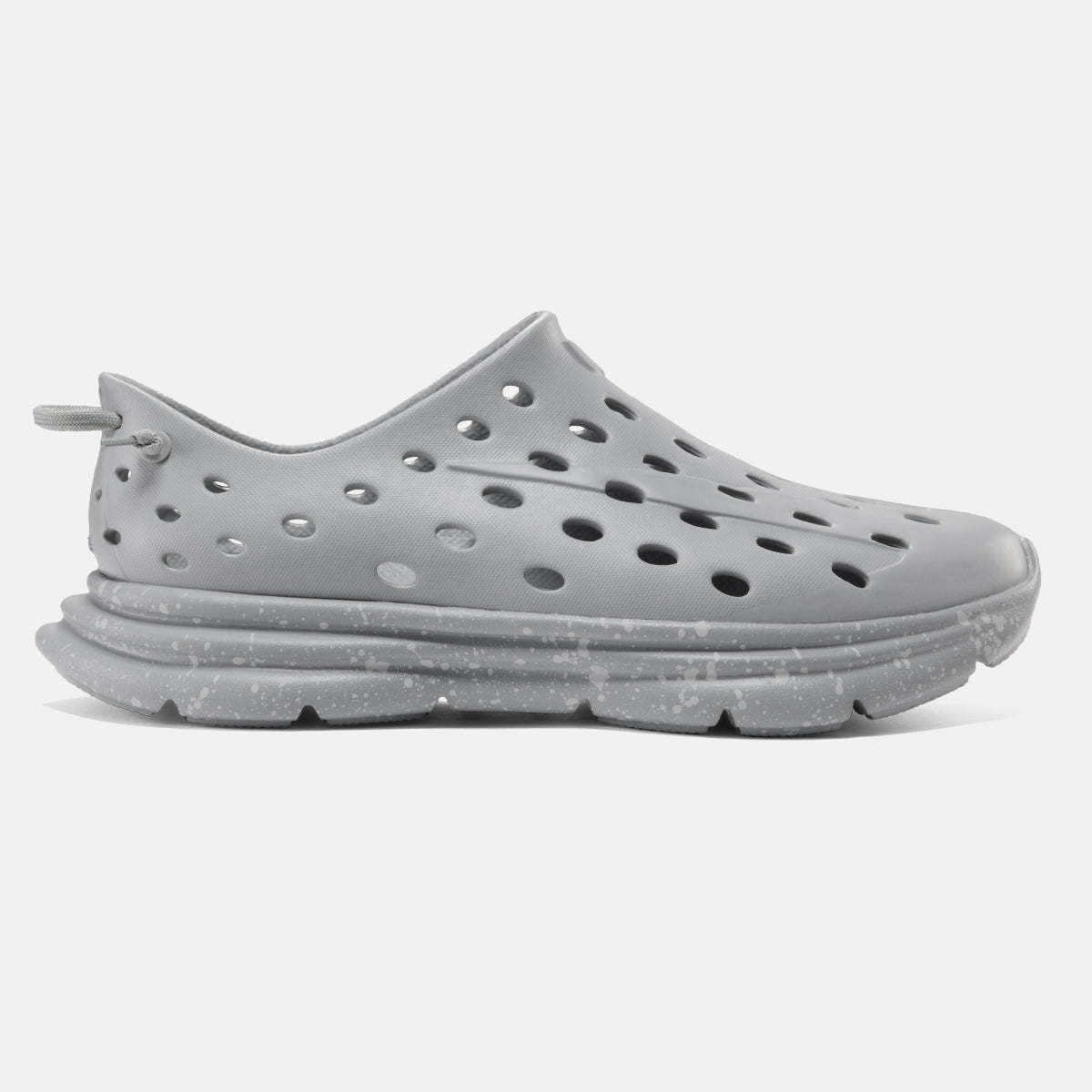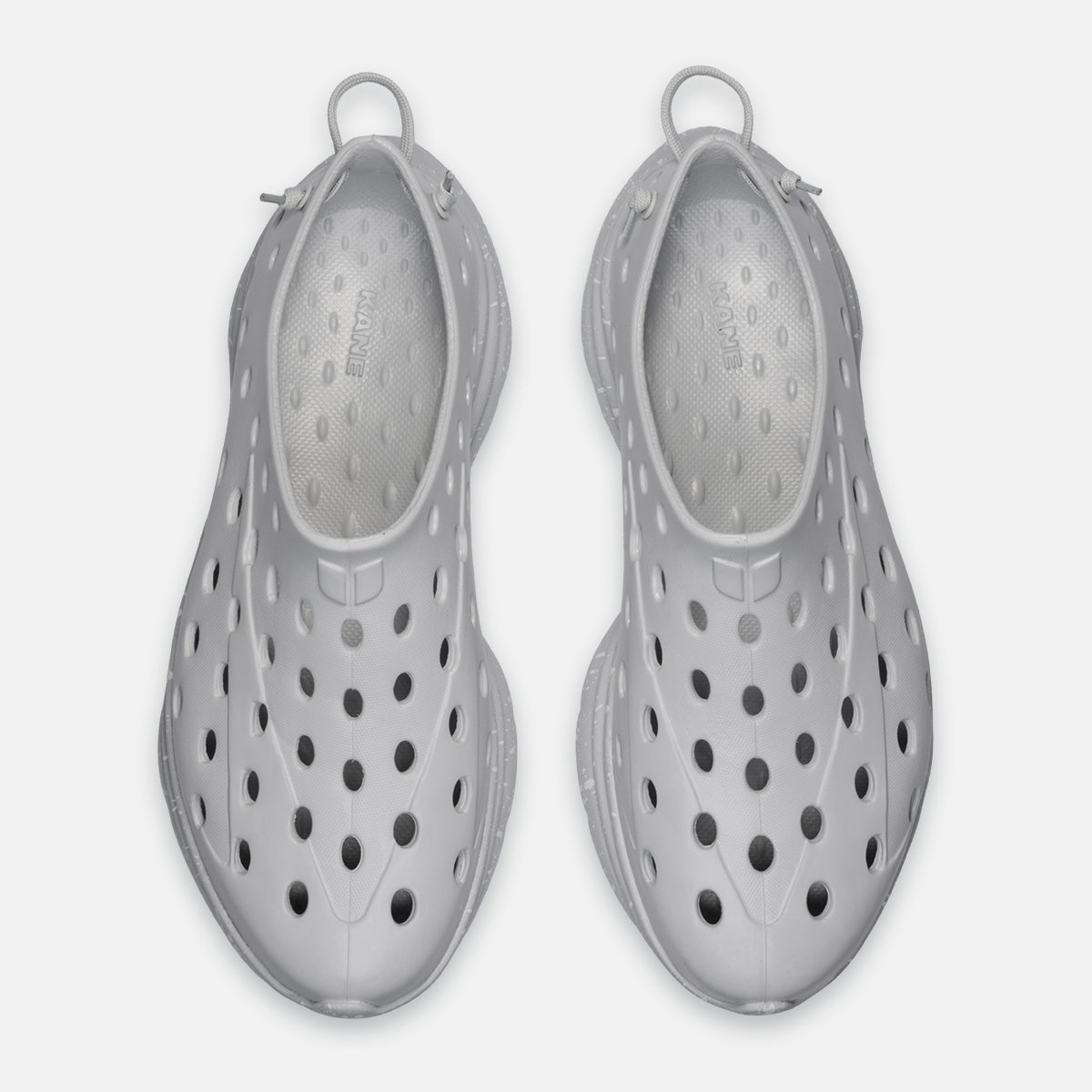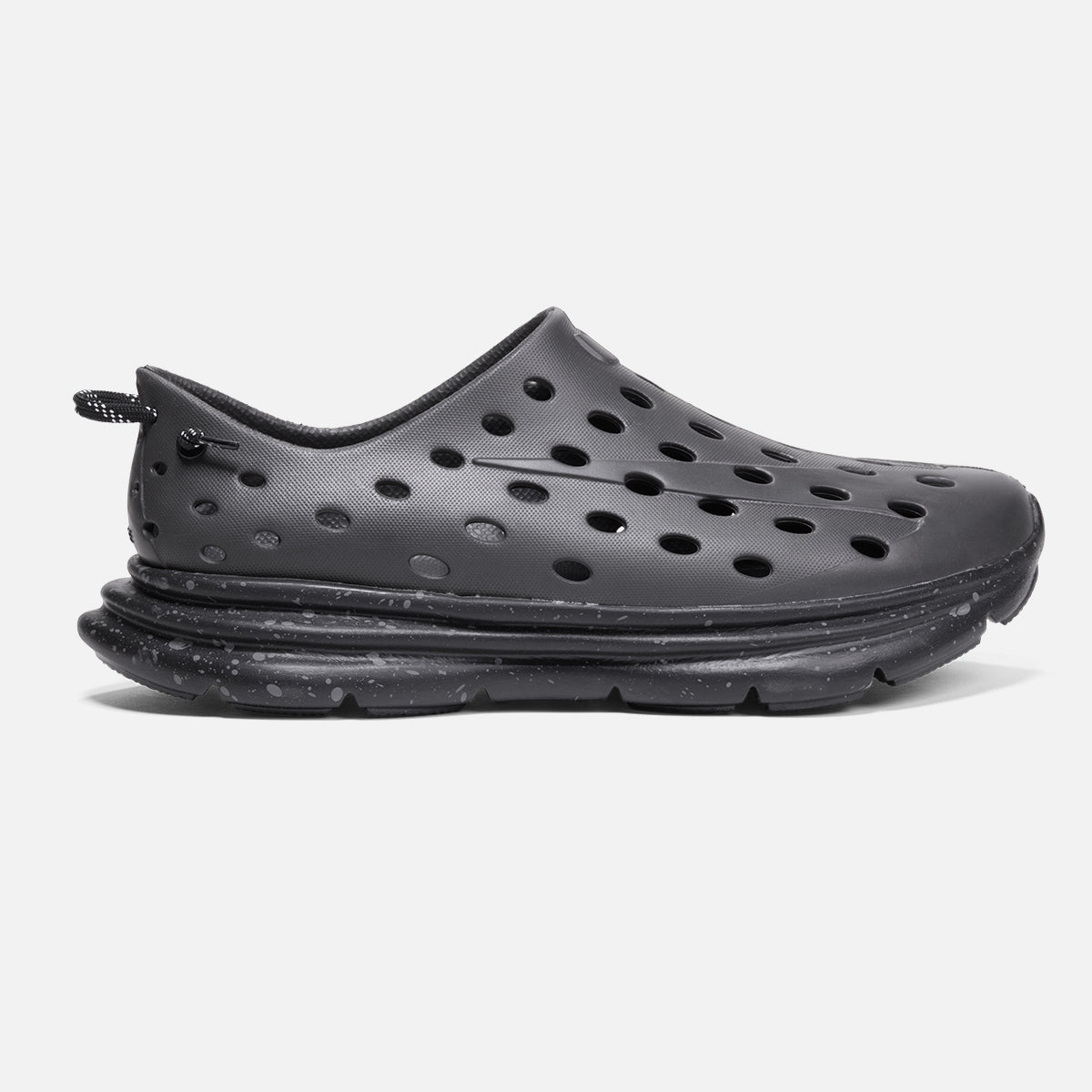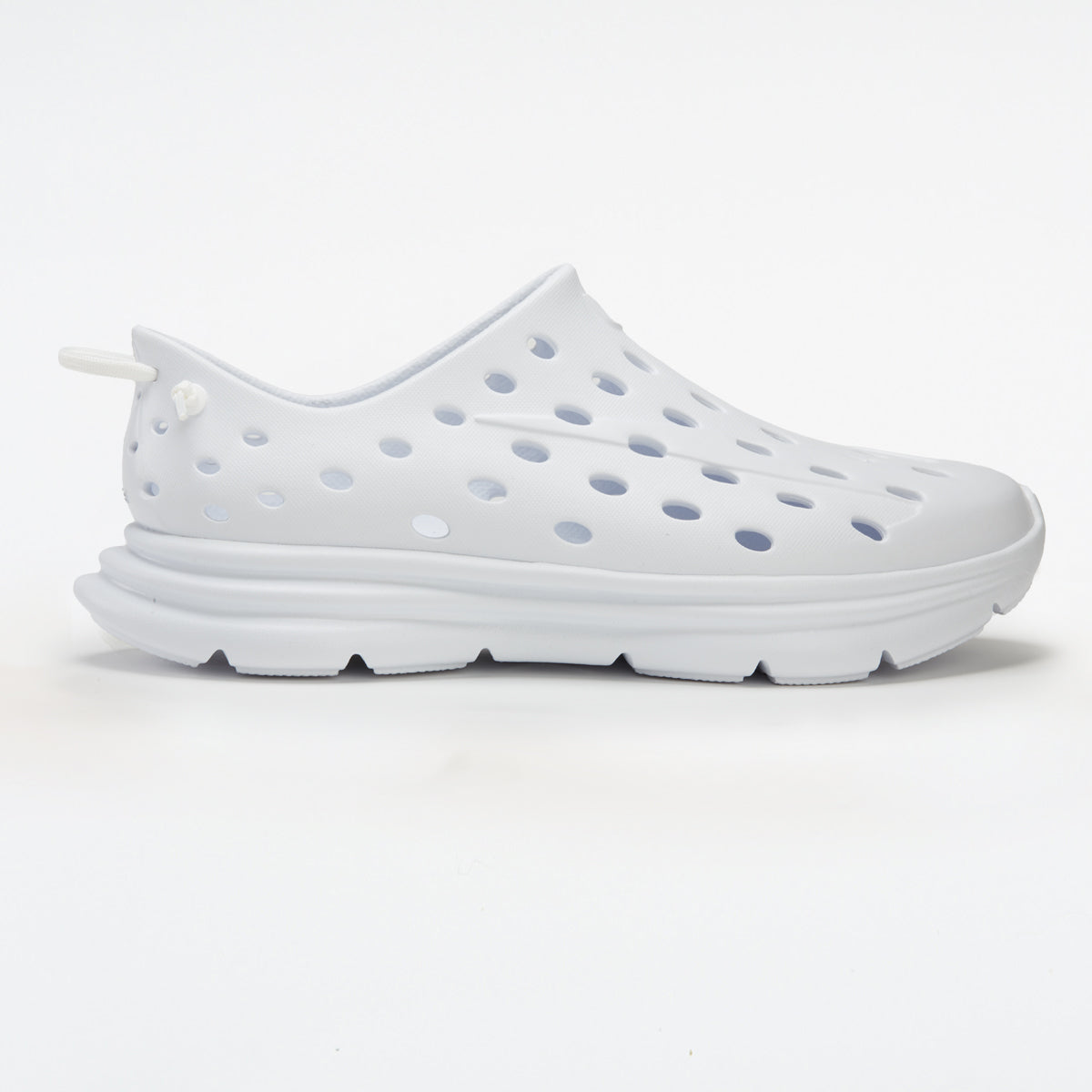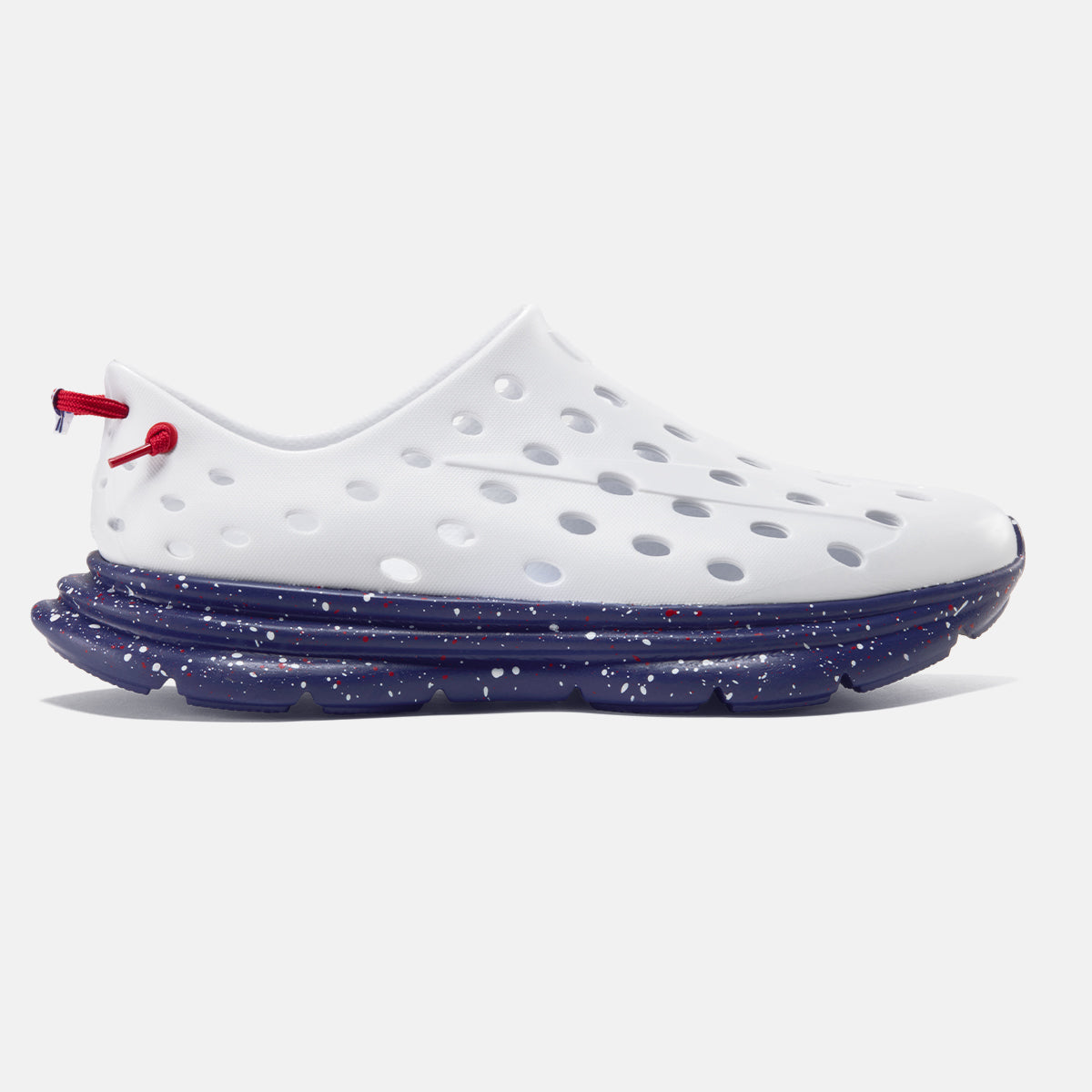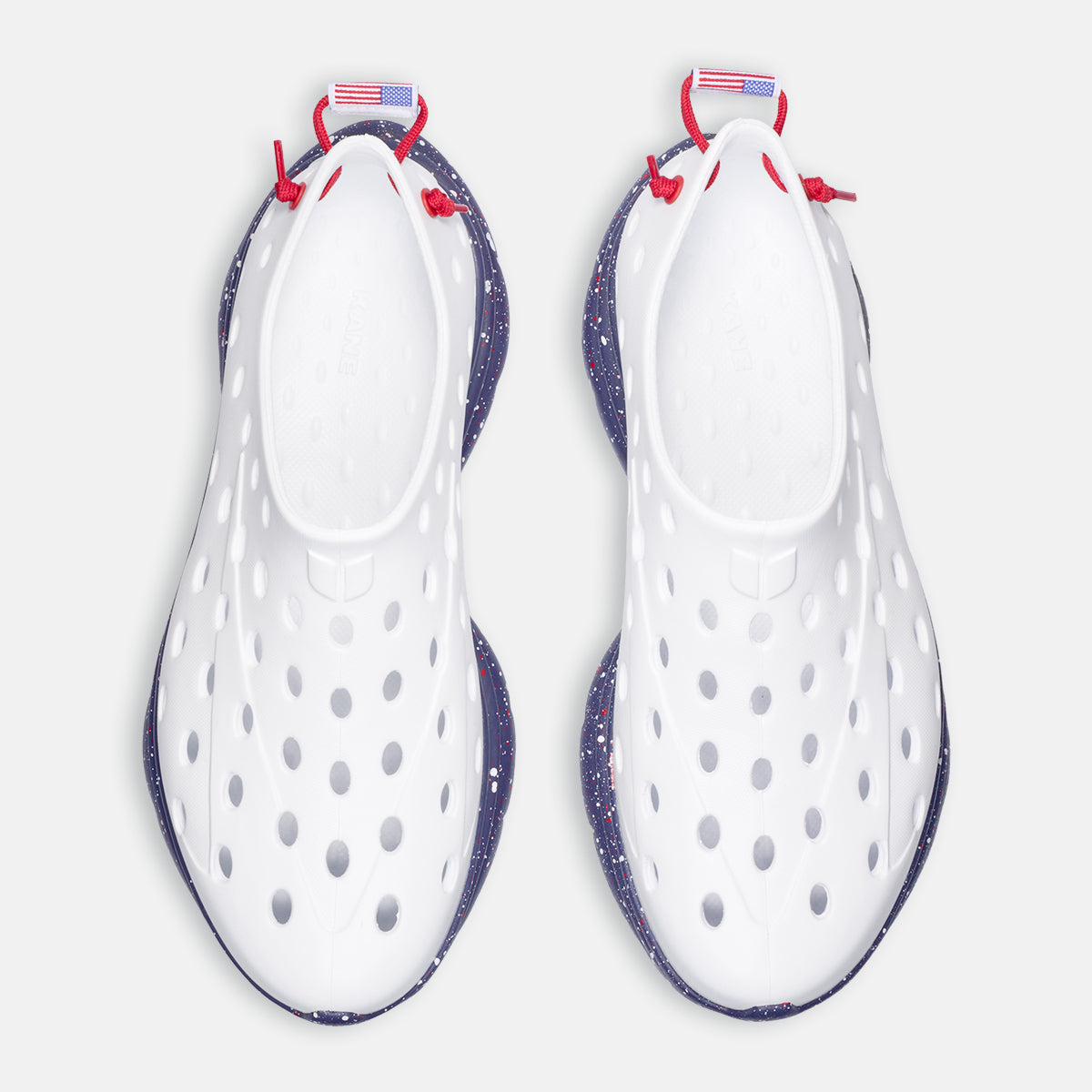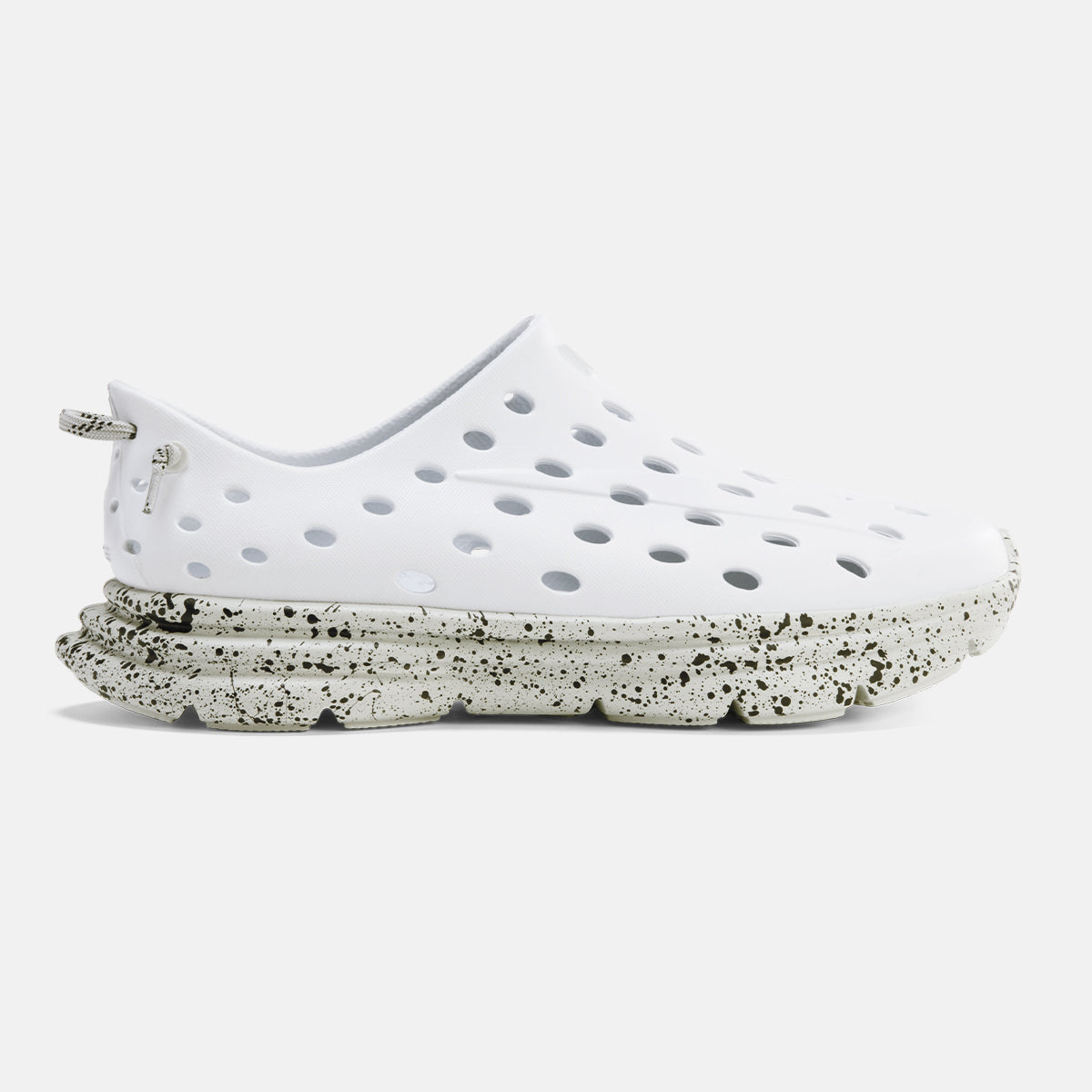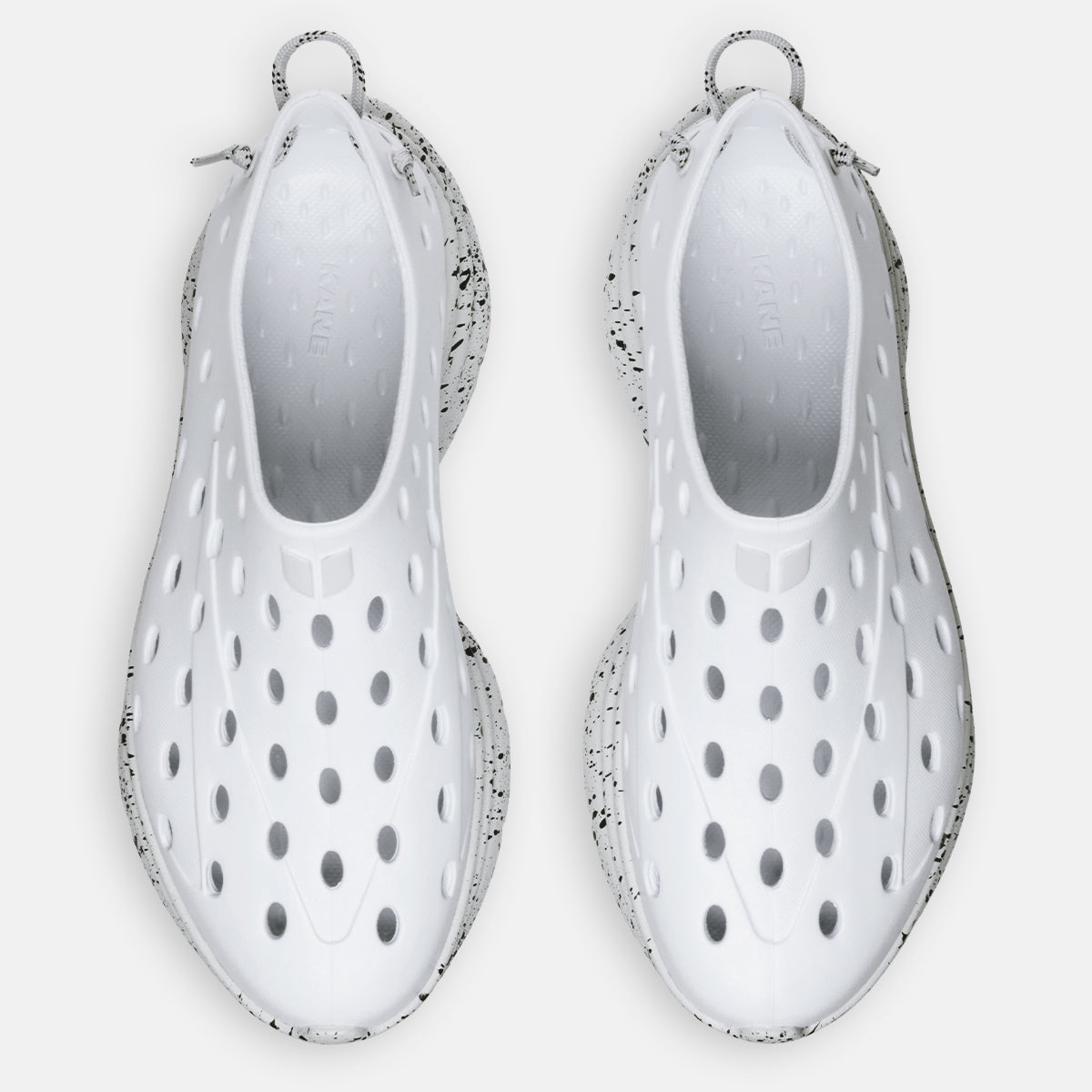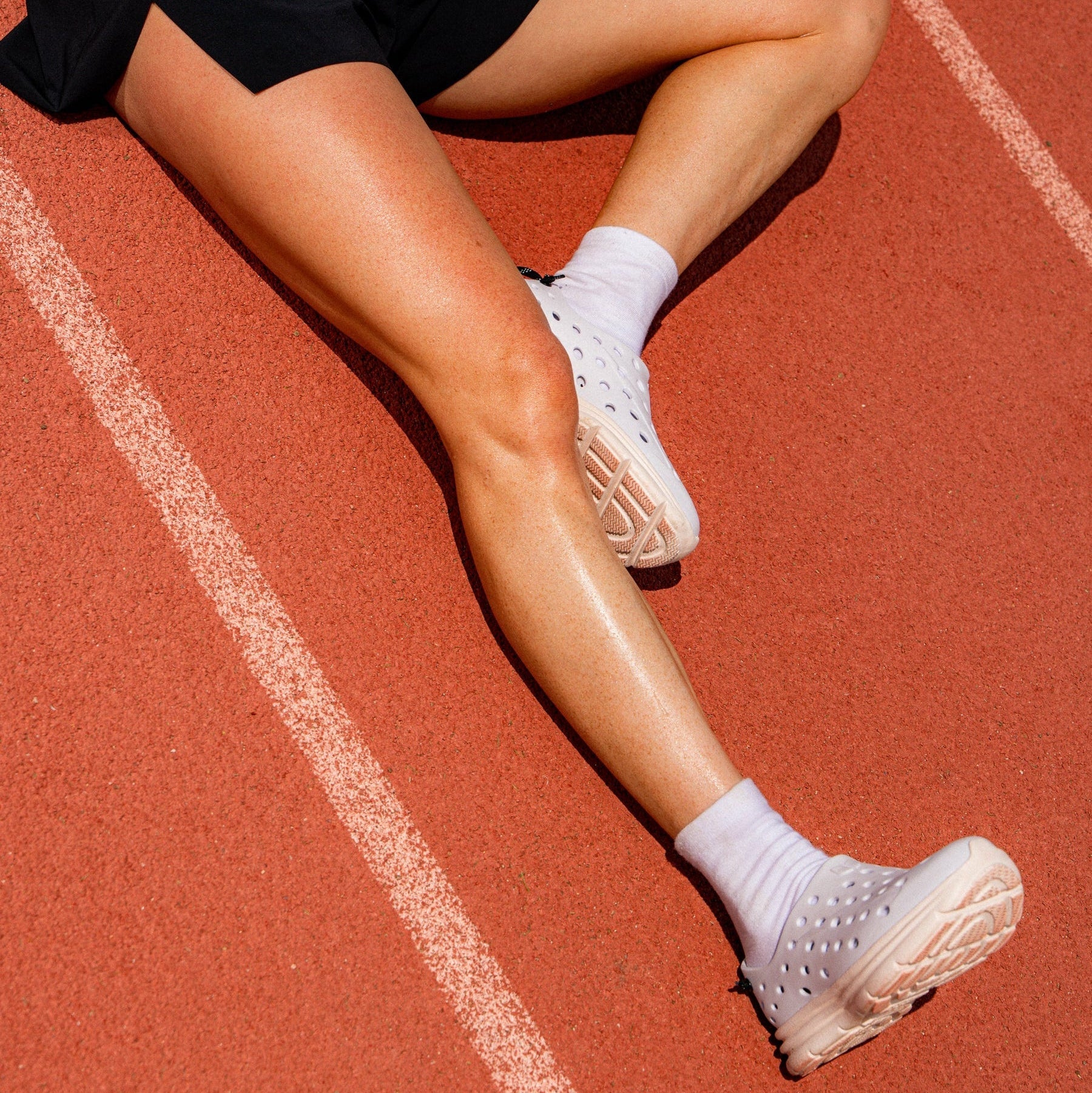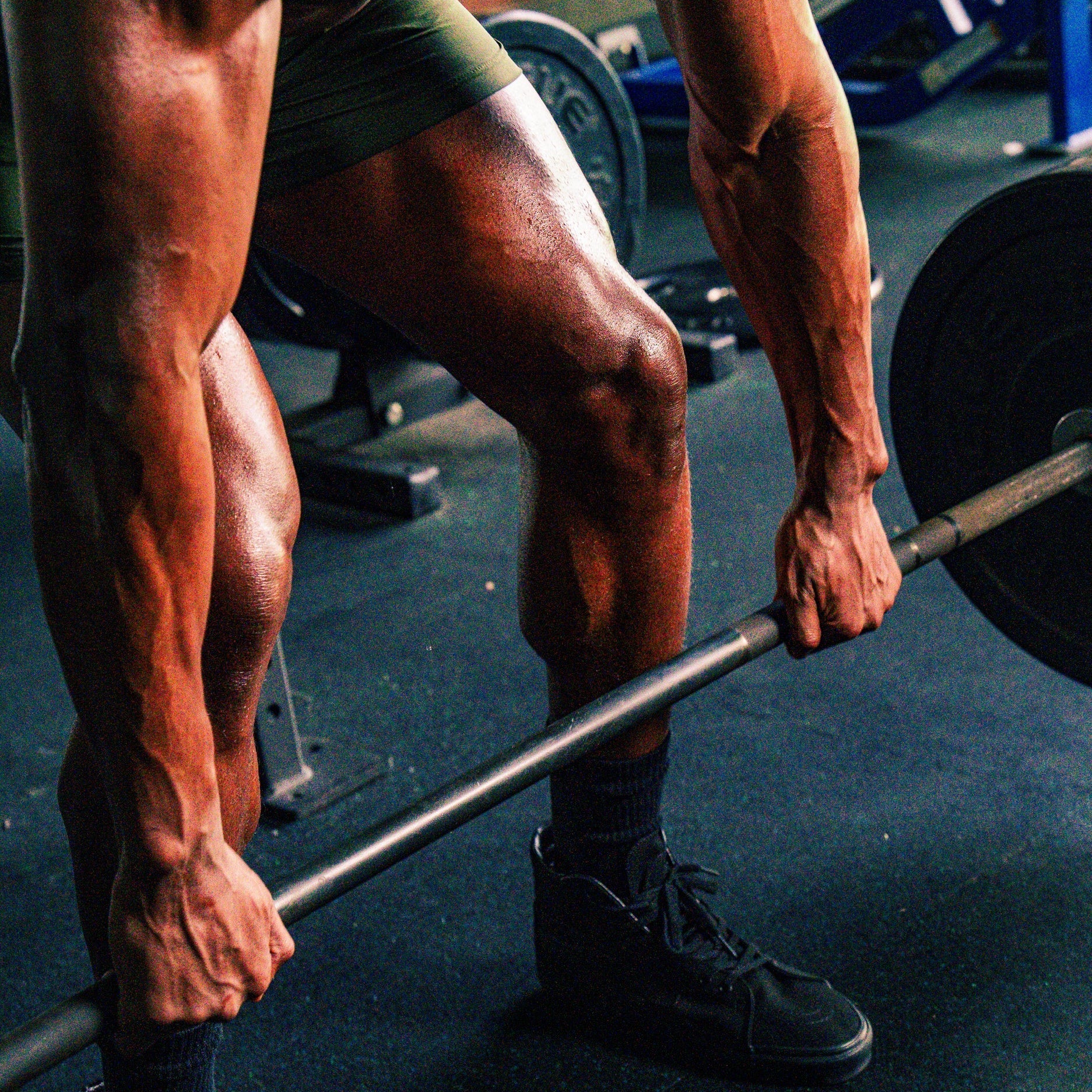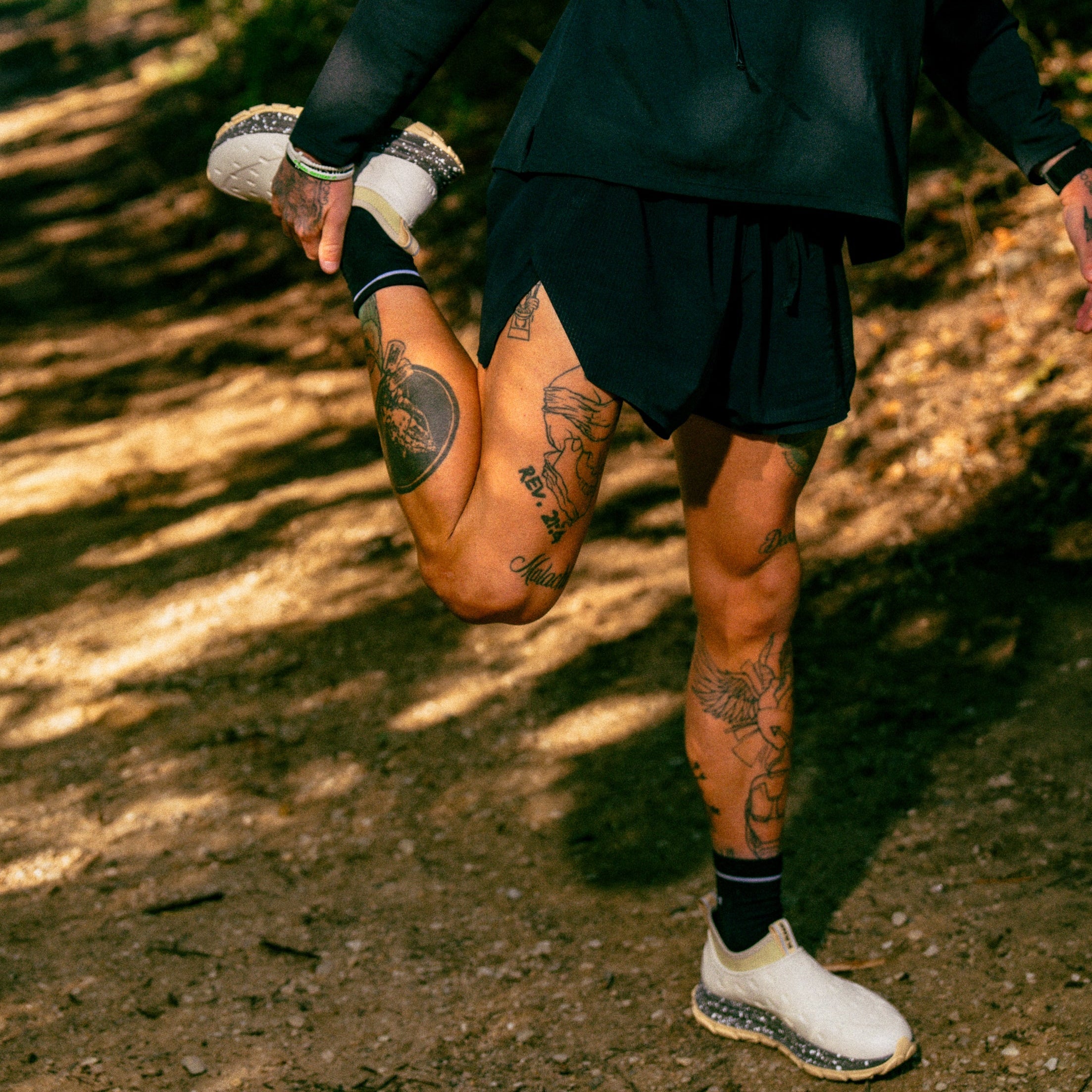Are you tired of slipping and sliding your way through life? If you're searching for shoes that offer both comfort and stability, EVA (ethylene-vinyl acetate) shoes might be on your radar. These lightweight, cushioned wonders are popular for their versatility and comfort, but how do they fare on slippery surfaces? Dive into the slip-resistant qualities of EVA shoes and explore whether they truly can keep you steady on your feet. Get ready to step into a world of balance and style!
What makes EVA shoes a good non-slip choice
Thanks to their lightweight and cushioned feel, EVA shoes are a dream for comfort seekers. But the story gets a bit more interesting when it comes to slip resistance. The grip of EVA shoes depends mainly on their outsole texture—smooth surfaces might leave you skating, while textured or patterned designs can offer solid traction.
Often, EVA is blended with rubber to boost grip, especially in athletic and casual styles. And let’s not forget the importance of clever outsole designs with treads and grooves to keep you steady. While EVA shoes shine in dry conditions, their slip resistance can vary on wet surfaces. So, if staying upright is a top concern, opt for EVA shoes with added grip features.
Use of EVA in shoes
Lightweight ethylene-vinyl acetate contributes to overall shoe comfort, reducing the fatigue associated with prolonged wear. Its flexibility allows for natural foot movement, enhancing comfort during every step.
One of the standout features of EVA is its excellent shock absorption capability. This makes it particularly valuable in athletic and running shoes, where it helps to protect joints and muscles from the impact of repetitive motion.
Despite its softness and flexibility, EVA is also durable and resistant to cracking, ensuring that shoes maintain shape and performance over time. Its inherent water resistance makes it an excellent material for athletic and outdoor shoes you expect to sport in wet conditions.
The material is commonly used in shoe midsoles, providing the essential cushioning and support for comfort and performance. It's also used in insoles and footbeds, offering a supportive base for the foot. EVA is commonly used in outsoles, often combined with more abrasion-resistant materials to enhance durability.
6 types of non-slip EVA shoes
Non-slip shoes come in various styles tailored for different environments and activities. Six common types featuring EVA are:
1. Work shoes
Slip-resistant work shoes are typically crafted with durability and safety in mind. They often feature reinforced toe caps and supportive midsoles to protect against workplace hazards. Non-slip work shoes come in various styles, including oxfords and loafers, and are suitable for different job roles, specific needs, and environments.
The cushioning properties of EVA help reduce fatigue in work shoes designed for long hours of standing or walking on hard surfaces. This type of footwear is designed to be comfortable during shifts spent on your feet when safety is a top priority. Work shoes are specifically designed with cushioned insoles and breathable material to keep the wearer comfortable and dry.
2. Athletic and running shoes
EVA is often used in running shoes to provide superior shock absorption and cushioning for high-impact activities. Its lightweight and flexibility allow for natural foot movement during runs.
Non-slip EVA athletic sneakers are engineered to provide good traction and support for various physical activities. They feature specialized anti-slip outsoles with multidirectional treads or patterns designed to enhance grip on different surfaces, including asphalt, trails, and gym floors.
These sneakers prioritize performance and comfort, with features such as breathable mesh uppers, responsive cushioning, and supportive midsoles. They come in various styles and designs to cater to specific sports or training needs, ensuring that wearers can focus on their activities without worrying about slipping or sliding.
3. Chef shoes and kitchen footwear
EVA slip-resistant shoes are popular among chefs, cooks, and kitchen staff due to their oil- and water-resistant properties, which provide traction on greasy floors.
Chef and server shoes are designed to withstand the demands of fast-paced restaurant environments while providing slip-resistant traction. They often feature low-profile designs with non-marking outsoles to prevent scuffing and reduce slips.
These shoes are lightweight and flexible for agility and ease of movement, allowing food service workers to navigate crowded dining areas and potentially oily kitchen floors confidently. They may also incorporate moisture-wicking linings and padded collars for additional foot protection during long shifts, preventing fall accidents and ankle sprains.
4. Safety boots
Safety shoes and boots for construction, warehouses, and other workplaces often feature EVA slip-resistant outsoles. These boots are constructed with durable leather or synthetic textiles and reinforced with steel or composite toe caps for protection against impact and compression hazards.
This type of protective footwear features rugged outsole patterns with deep treads for maximum traction on uneven terrain and slippery surfaces. Safety boots prioritize stability and support, often incorporating ankle padding, arch support, and shock-absorbing midsoles to reduce fatigue and minimize the risk of musculoskeletal injuries caused by slips.
5. Outdoor sandals and hiking shoes
EVA's lightweight and durable nature makes it suitable for the outsoles of hiking and outdoor shoes, providing slip resistance on various terrains.
Non-slip outdoor sandals are designed for adventurers who enjoy hiking, trekking, or water activities in rugged environments. These sandals feature durable straps, adjustable closures for a secure fit, and molded footbeds for arch support and cushioning.
Outdoor sandals are constructed with quick-drying materials such as neoprene, nylon, or synthetic leather that are resistant to water and abrasion. They provide grip on wet or slippery surfaces, with rugged outsoles featuring pronounced lug patterns or high-grade rubber compounds for superior traction on trails, rocks, riverbeds, and other slick terrain, helping to prevent a slip or slide in the great outdoors.
A non-slip pair of sandals offers breathability and ventilation to keep feet cool and comfortable during warm-weather adventures, making them a versatile choice for outdoor enthusiasts.
6. Recovery shoes
Most high-quality recovery shoes, like our Kane Revive Active Recovery Shoe, are designed to provide excellent traction and stability during active recovery or day-to-day activities.
Durability and grip on the outsole are essential considerations for recovery shoes, as they are often worn outside and need to handle various surfaces and elements.
Proper fit and flexibility in recovery shoes allow your feet to move naturally without restriction, reducing the risk of slips.
While comfort and support are priorities, most top recovery shoes from brands like Kane incorporate slip-resistant rubber outsoles with tread patterns.
Discover Kane Recovery Shoes!
Step into our Kane Revive Active Recovery Shoe, and you’ll never turn back. Designed for breathability and offering the perfect balance of support and cushion, these shoes provide the comfort you deserve.
Kane's recovery shoes provide excellent support, comfort, and durability for those needing top-notch recuperative footwear. Featuring an adjustable hook-and-loop single-strap synthetic upper, plush TPR footbed, and durable injected EVA outsole, these kicks come with all the right features to assist you during your rehabilitation journey.
Aside from providing quality products, they are also committed to sustainability, having made plans to become a B Corp while dedicating 1% of their overall profits towards environmental charities.
When and how to wear Kane Revive
The best moment to wear most recovery shoes is directly after a strenuous activity such as running or exercising. This helps minimize inflammation and launch the healing process. To guarantee maximum comfort and effective recuperation, make sure that you are wearing your recovery footwear correctly by tying up laces securely for a snug fit.
Frequently asked questions
Does EVA offer slip resistance?
Yes, EVA is known for its excellent slip-resistant properties. Here's why it's an exceptional material for softer, slip-resistant shoe soles and outsoles, offering more flexibility than standard footwear and ensuring safety and stability on various surfaces:
- EVA soles provide superior traction and grip on numerous surfaces, preventing slips and falls. EVA's soft and flexible nature allows it to conform to the surface, increasing the contact area and friction.
- The tread pattern on EVA outsoles plays a crucial role in enhancing slip resistance. Grooved EVA soles with zigzags, patterns, and textures ensure an adequate grip on the floor and optimal slip resistance.
- An EVA sole offers the best anti-slip effect compared to other materials like synthetic rubber (such as thermoplastic rubber or TPR) and polyvinyl chloride (PVC). Its softness makes it yield when in contact with surfaces, resulting in a more significant frictional force and better slip resistance.
- EVA's water-resistant properties make it suitable for outdoor footwear, providing traction even on wet or snowy surfaces.
- Major athletic and footwear brands widely use EVA soles due to their excellent combination of slip resistance, shock absorption, and lightweight properties.
How do I know if my shoe sole is non-slip?
First, examine the outsole material to determine whether a shoe is non-slip. Rubber or similar high-traction materials grip surfaces securely, especially in wet or oily conditions. Look for shoes with deep patterns or multidirectional designs that help disperse water or oil.
Some shoes may also bear an ASTM F2913-11 rating, indicating compliance with slip resistance standards. Additionally, consider any coatings or treatments applied to the shoes to improve slip resistance, although these may wear off over time.
Test the shoes on a similar surface to evaluate their slip resistance firsthand. Consult online reviews and ask colleagues in relevant industries for recommendations.
Lastly, ensure the shoes comply with any industry-specific regulations or standards. By assessing these factors, you can confidently determine whether a shoe is non-slip.
What material makes a shoe non-slip?
Makers of non-slip or slip-resistant footwear primarily use rubber or synthetic materials like polyurethane, EVA, and PVC.
Rubber soles provide traction and grip on slippery surfaces. Rubber is soft, pliable, and can conform to surfaces, increasing the contact area and friction.
EVA's excellent slip-resistant properties make it a popular choice for non-slip shoe soles. EVA is soft and flexible and can create intricate tread patterns for better grip.
Polyurethane and PVC outsoles are also commonly used in non-slip shoes as they offer better traction than regular shoe materials.
The softness and flexibility of materials like rubber, EVA, polyurethane, and PVC allow them to compress when in contact with surfaces, resulting in a greater frictional force and better slip resistance.
In addition to the outsole material, the tread pattern and design are crucial in enhancing slip resistance. Distinct patterns with grooves, hexagons, circles, or zigzags help channel away liquids and increase surface area contact for better grip.
Water-resistant or waterproof materials like leather or synthetic fabrics are often used for the uppers of non-slip shoes to protect the foot in wet conditions.
What are examples of slip-resistant shoes?
Some examples of non-slip shoe styles include:
- Work boots: Work boots—designed for heavy-duty work environments—often feature rugged outsoles with deep treads for excellent traction on slippery surfaces.
- Chef shoes: Specifically crafted for professional kitchens, chef shoes typically have slip-resistant outsoles to prevent accidents caused by spills and slippery floors.
- Hospital shoes: Healthcare professionals often wear shoes with non-slip soles to walk around hospitals safely, where floors are frequently cleaned and may become slippery.
- Server shoes: Waitstaff and restaurant workers often wear non-slip shoes to prevent accidents while navigating busy dining areas and potentially slick kitchen floors.
- Athletic sneakers: Some athletic shoes have non-slip outsoles, making them suitable for hiking, trail running, or outdoor sports where traction on varied terrain is essential.
- Casual slip-ons: Many casual shoes, such as loafers or moccasins, have non-slip soles, making them a stylish and safe choice for everyday wear.
When should you wear non-slip shoes?
Wear non-slip shoes whenever you anticipate encountering slippery surfaces, such as wet floors, oily environments, or uneven terrain. They provide traction and stability, reducing the risk of slips, trips, and falls, making them ideal for workplaces, kitchens, outdoor activities, and any situation where safety is a concern.


